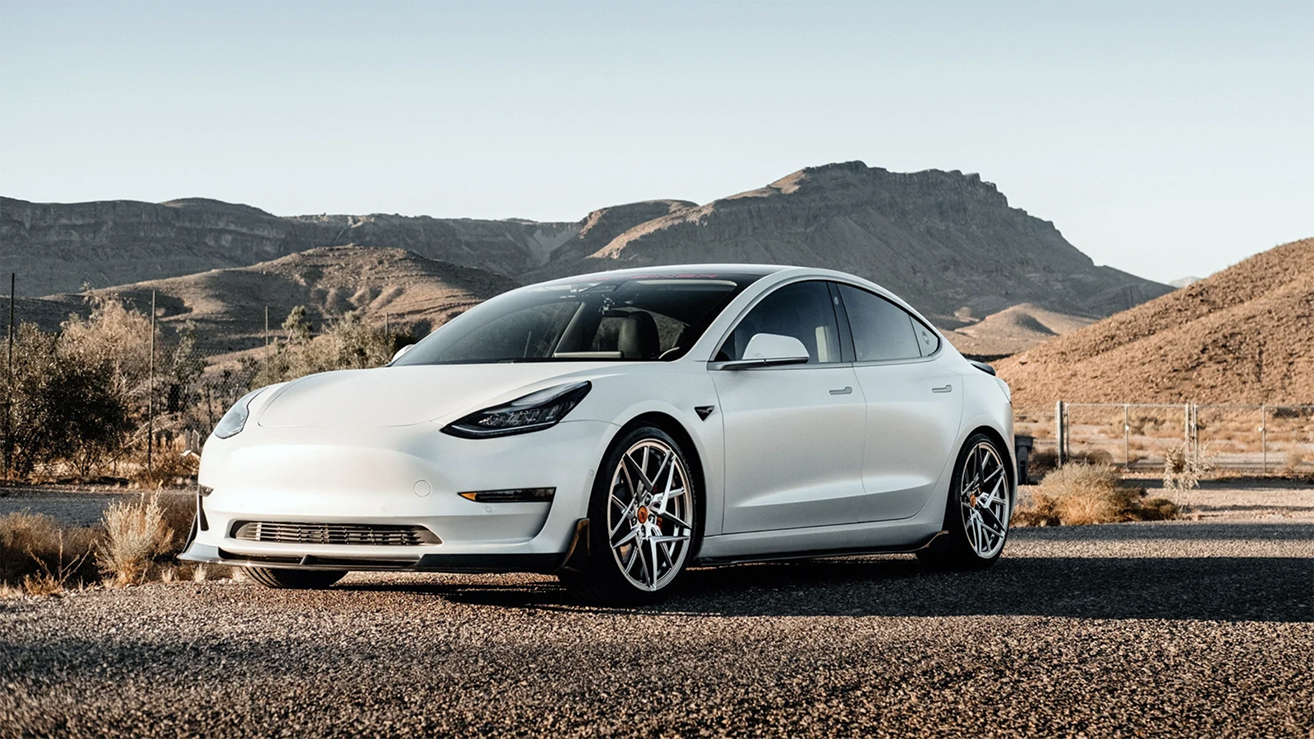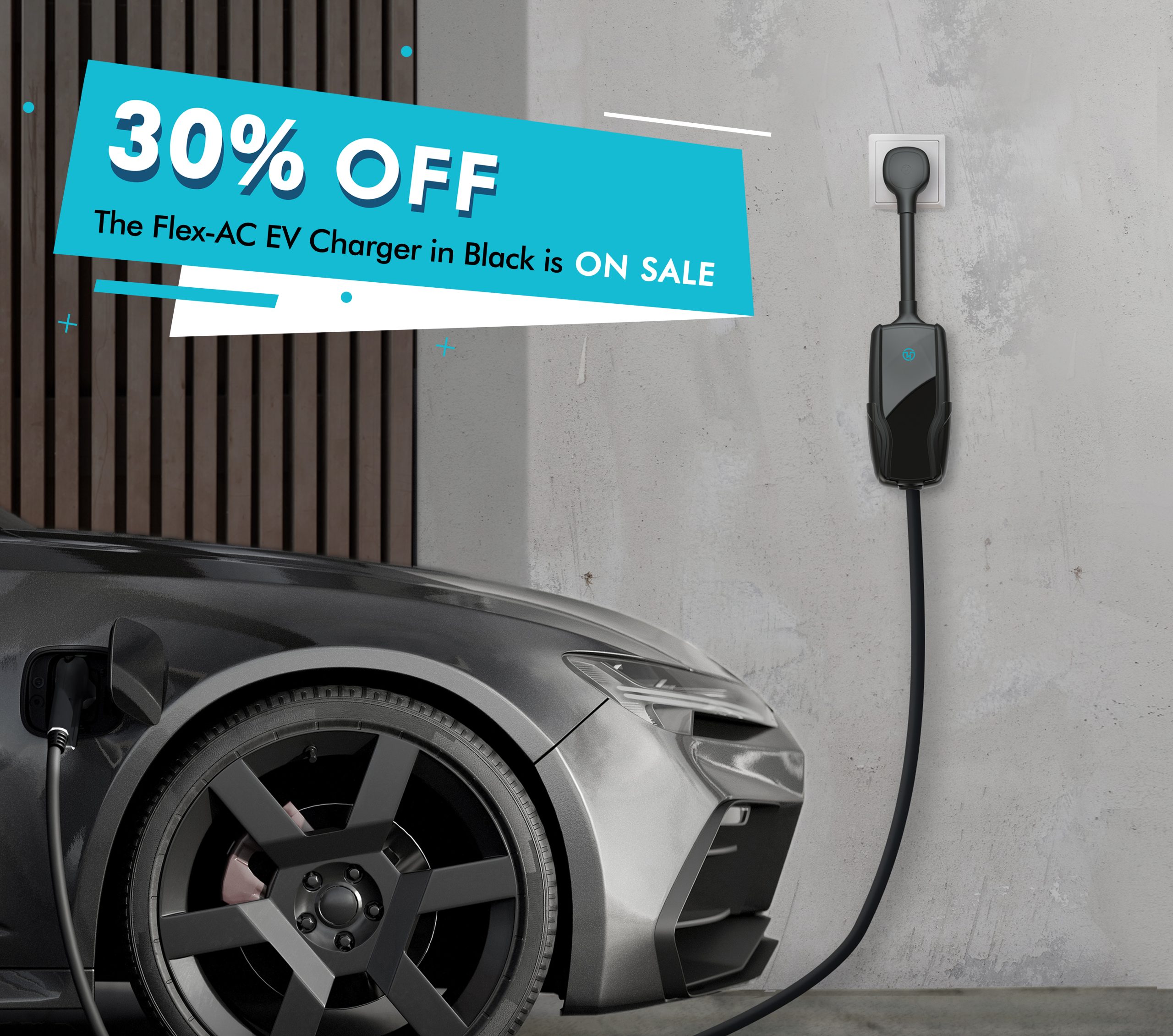Many potential customers are concerned about what would happen if an EV runs out of battery before they make a decision between purchasing an EV or a gas car. Range anxiety is a common concern for those considering an EV as their primary mode of transportation. Despite advancements in battery technology and range, the fear of running out of power can still be a significant factor in their decision-making process.
Differences Between EVs and Gas Cars When Running Out of Fuel/Battery
When comparing what happens when an EV runs out of battery versus a gas vehicle running out of fuel, the experience is different. With a gas vehicle, the engine will eventually shut down, leaving you unable to restart until you refuel. In contrast, when an EV runs out of battery, the vehicle will enter a “limp-home” mode, allowing you to drive a short distance to find a charging station or a safe place to park. The speed of the vehicle is limited during this mode, and other functions may be reduced to save energy.
Advanced Warning and Safety Features in EVs
Furthermore, EVs provide advanced warning messages and alerts as the battery level gets low, allowing drivers to plan their routes and find the nearest charging station. In comparison, gas vehicles may give you some warning with a low fuel light or warning message, but it’s not always easy to determine how much farther you can go before running out of gas. This can be concerning if you’re driving in an unfamiliar area or during off-hours when gas stations may be closed. Overall, running out of batteries in an EV can be nerve-wracking. Still, the advanced warning messages and the limp-home mode provide a safety net that is not available in gas vehicles, making EVs a viable and reliable option for transportation.
What to Do When Your EV Hits 0% Charge
If you do happen to find yourself stuck on a highway with no charging station in sight, don’t worry. Your EV will conserve the amount of energy it uses to move you to a safe location off the road before shutting off completely. In most cases, these alerts will give you enough warning to start planning your trip to the nearest charging station and your next steps.So, what happens when your EV hits 0% charge? Fortunately, there are several lifelines in place to help you out. Just like with a gas-powered car, you can call for a tow truck, and companies can offer EV towing to the nearest charging station.
Ensuring an Uninterrupted EV Experience
To avoid the risk of running out of battery in your electric vehicle (EV), follow these practical suggestions. Firstly, use a route planner like Tesla’s map software to automatically navigate and plan charging stops along your journey. Secondly, carry a portable charger, such as the one offered by Pion Power, so you won’t have to worry about range anxiety ever again. The Power Flex-AC EV Charger Charger is an incredibly versatile device that can be charged using a standard 110V or 220V outlet and can be used to charge any EV that supports the J1772 charging standard. It’s also compatible and easily carried in the trunk of your car. Lastly, be mindful of battery performance in winter and conserve energy to prevent running out of charge. By implementing these measures, you can enjoy a seamless and worry-free EV experience without the fear of running out of battery.
The next time you’re considering purchasing a car, don’t let range anxiety hold you back from experiencing the benefits of an EV. Take the leap and join the growing number of people who are driving towards a cleaner and more sustainable future.


